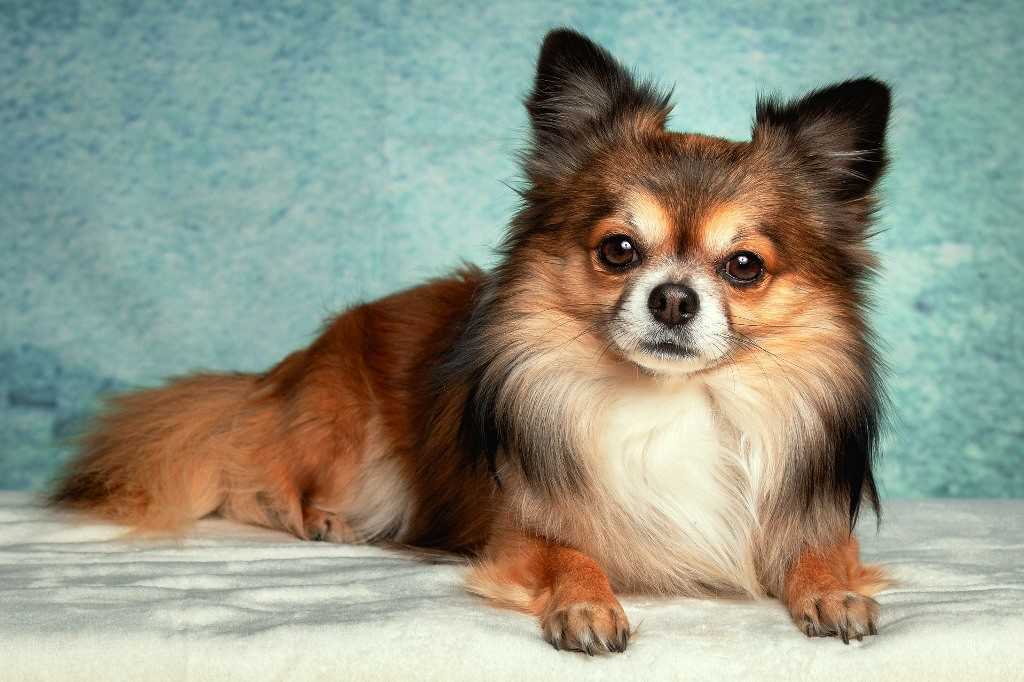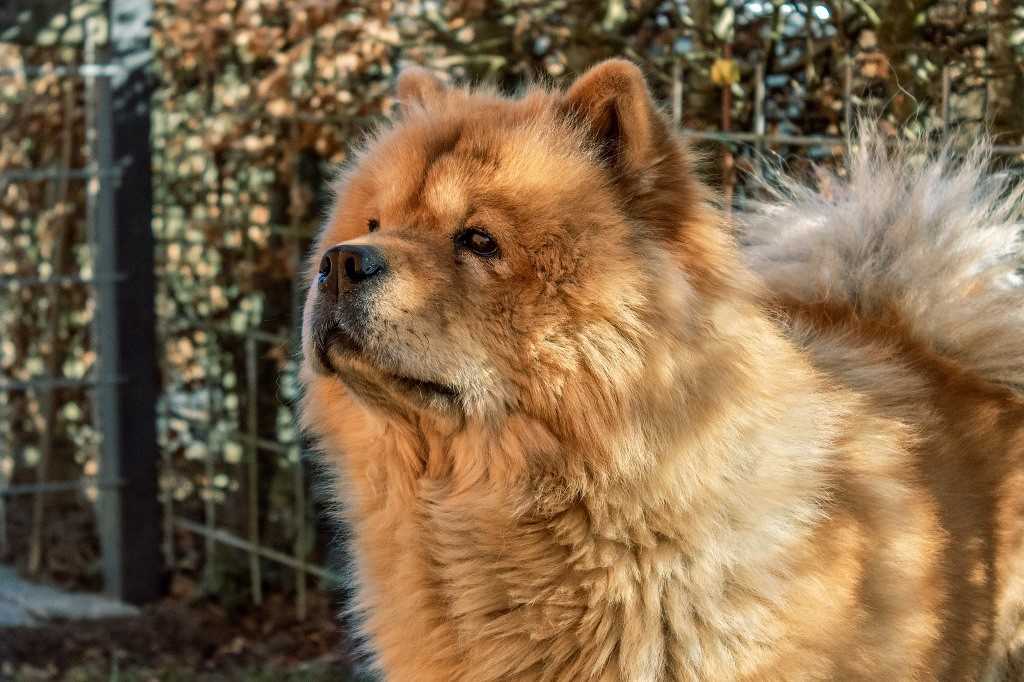The origin of the Chin dog breed is very controversial; some say it originated in China and Tibet, others say it came from Korea. It arrived in Japan around 700 AD and was incredibly successful, so much so that they were revered as sacred animals by the Emperor. They have a lot in common with the Pekingese and it is said, according to one legend, that their origin goes back as far as Buddha, who wanted them always by his side as his companion.
Its history has been intertwined with that of the Japanese nobility for centuries and even today this breed can boast a history of nobility and prestige. When they arrived in Japan, as already mentioned, they soon became the idols of aristocrats and emperors. It is said that Emperor Hirohito had at least twenty of them in his palace. Only those with blue blood could own a Chin.
In the Edo period between the 17th and 18th centuries, when the wives of the most famous samurai came to visit, they used to give them a Chin, so they became very popular. They became true members of the family and were treated with every consideration, not least because of their lack of need to go outside and their discretion.
It is said that they arrived in the West around the beginning of the 17th century, but it was not until the mid-19th century that Commodore Perry returned to the United States with some Chin dogs, which even made it to the White House and the court of the Queen of England. It is still the most popular pet dog in the world today.
Character of the Chin dog breed
The Chin has a very sweet character and is also reliable and affectionate with his family. It is considered to be the ultimate companion dog, and is also an excellent house dog, although it should not be forgotten that it also needs exercise.
With children it is a wonderful playmate, but with strangers it is very wary without ever being aggressive. Because of its size, which is very small, it is not suitable as a guard dog, but as a watchdog, if it hears something strange or senses people it does not know in the vicinity, it will bark and sound the alarm.
It is very easily trained and therefore also suitable for people who have never had a dog. Its behaviour, however, is similar to that of a cat, as it is independent, wipes its muzzle with its paws and is very agile. It likes to rest on high surfaces to keep everything under control and has an excellent sense of balance. Like cats, it is very attached to people without ever feeling subordinate. It is typical of the breed, when excited, to turn on itself, sometimes to dance on its hind legs with the front ones in the air and even to sing when it is really happy. It does not bark much, sometimes it howls and likes to hide everywhere.
He suffers a lot from loneliness, so he should not be left alone for hours on end, otherwise he would suffer a lot. It gets on very well with dogs and cats and enjoys being in their company.
Appearance of the Chin dog breed
The Chin is a small dog with a well-proportioned and robust body. Its height at the withers can range from 20 to 27 centimetres and its weight from 3 to 5 kilograms. Its bone structure is very small, it is therefore very elegant and its gait is very refined, light and proud, so much so that it is also used for parades. Its chest is broad and deep, its back is short and straight, its legs are fine and its tail rests on its back, both when moving and when stationary.
It has a broad, rounded head with a short, broad muzzle and a truffle on the straight line of the eyes. The colour of the truffle is black in black spotted dogs, dark in red or orange spotted dogs. The eyes are large, well spaced and protruding in a bright black colour with a clearly visible white part. This white section of the eye gives the breed its typical expression of astonishment. The ears are long, triangular, attached high, drooping and covered with long hair.
The hair of the coat is straight, long, soft and silky, but is not homogeneous on the whole body. On the muzzle it is shorter, while on the ears, eyes, thighs and tail there are long fringes. The colours are black and white or red and white with spots on both sides of the head, on the ears and on the body.
Health and care of the Chin dog breed
The Chin is a fairly robust dog, but can suffer from various diseases, especially its brachycephalic skull, which can lead to breathing difficulties and eye problems. It is best to avoid too high temperatures, which it tolerates very little. However, it is resistant to the cold and likes to play in the snow, although extreme temperatures should be avoided.
It has a life expectancy of 10 to 12 years, but specimens have been known to exceed 15 years.
The coat should be cared for regularly, and brushed often, especially during the moulting period; however it does not have an excessive loss of hair. The ears and eyes should also be checked, as this dog is prone to infections.
The diet must be regulated and balanced to prevent the dog from gaining weight and having problems with obesity.


